Timber, Commonly Asked Questions Answered
What Is Timber?
There are 2 main types of timber that are distinguished by their reprodutive systems; softwood and hardwood.
Softwood
Softwood trees are known as a Gymnosperm, which reproduce by forming cones and produce seeds which are spread by the wind to other trees. Usually found in large areas, these trees are evergreen and keep their leaves all year round. The Gymnosperm tree (such as the Conifer) drops its seeds by itself in a cone-like case. When the seeds are disturbed, they release and spread over the land to grow.
Within the category of softwood are Redwood and Whitewood trees. The timber from these trees are very popular material and is used in wide range of industries. Redwood is often cut from Pine trees and is grown in a cooler climate, this means the tree will grow slower and this results in a tighter grain in the wood. Whitewood is often from a spruce tree, as this tree is grown in wetter climates it is common for the grain to distort as it is looser. This type is more suited to construction carcassing as redwood is better at taking fixings.
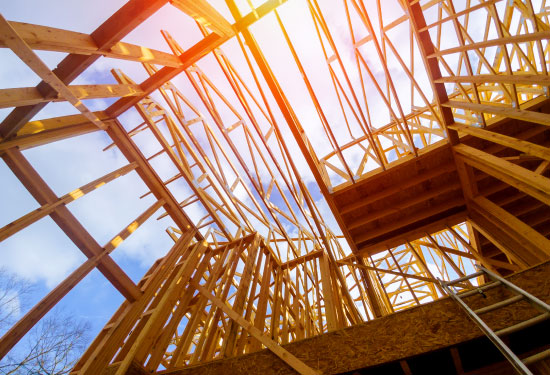

Hardwood
Hardwood is an Angiosperm. These trees produce seeds that are enclosed in a shell (fruit or nut, for example). When disturbed, the seeds are released for re-growth, producing flowers which attract birds and insects. The birds and insects then fertilise the plant and assist in carrying the seeds over the land to grow.
These trees are deciduous and tend to lose their leaves in the autumn months. They also tend to be slower growing, meaning the wood is usually denser.
Why Use Timber?
Timber is adaptable and can be cut in different ways to produce different look and durability and each cut provides a different quality of wood.
Softwood can become brittle and its strands become loose at the point of cut, whereas hardwood stays strong when cut as the wood is more compact as there is more cellular tissue present.
With the price of softwood timber being cheaper than hardwood or other wood alternatives, softwood is very popular in the construction industry. It is frequently used for building structures and is commonly used as joists, rafters and stud walling due to its strength and absorption attributes.
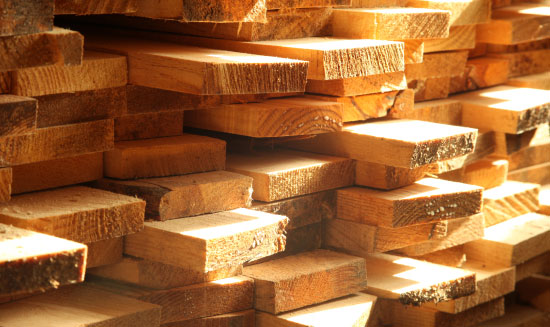

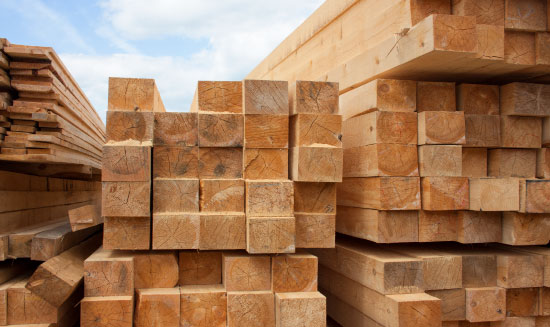

Why Use Timber Treatments?
Wood is an economical and renewable building material but, if it's not treated, it can leave the wood open to infestations of micro-organisms, insects and fungi growth.
Treating wood with preservatives can prevent these attacks and enhance the life of your material. When purchasing Timber there may be an option to buy pre-treated wood. You can also do it yourself with paints and stains.
At C & W Berry Ltd, our treatment department offers 2 types of treatments for internal and external purposes, helping to protect your timber from all forms of wood decay and insect attacks.
What Are The Different Cuts of Timber?
There are 3 main ways of cutting timber, each type of cut can define the woods strength and aesthetics.
Plain Sawn
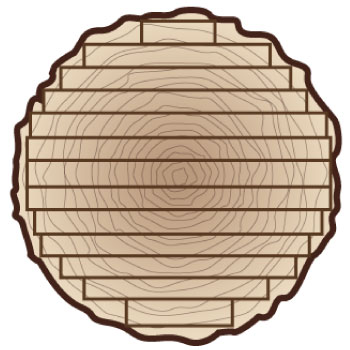

The most popular way to cut the logs would be plain sawn, it is also the cheapest option out of the three. In this cut the log is rotated to a 90-degree angle, this ensures that the annular rings are less than 30 degrees to the face of the wood, this is often referred to as a tangential grain.
Quarter Sawn
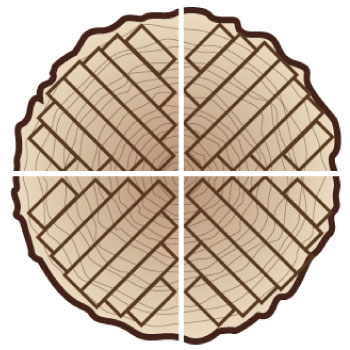

Quarter sawn gives a straight grain cut and is more stable than plain sawn. This cut produces more waste and is less efficient, making the timber more expensive. Quarter sawn timber is stronger than plain sawn wood due to the tight grain pattern produced by cutting against the growth rings.
Rift Sawn
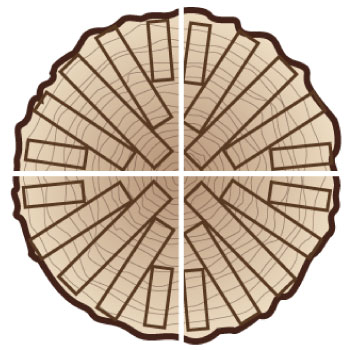

Rift sawn is the third option, this cut gives a straight grain feature with little or no fleck. This type of cut is the most expensive to purchase, but is the strongest cut available and can offer lots of design possibilities. This cut produces a near straight grain pattern and like quarter sawn wood, rift cuts are stronger and smaller than plain sawn timber.
What Is Timber Certification?
There is a rising demand for responsibly sourced wood products, most timber merchants should be able to supply you with certification to show it has been sourced by ethical and sustainable resources.
This certification should represent the process of handling information and ensures the source provides accurate claims for the material to be sustainably certified.
What Do The Different Timber Grades Mean?
There are 6 grades of timber available, most commonly referred to as first to sixths, with first being the best quality. This is due to the number of knots and it also has the tightest grain, whereas the sixths has the most knots and loosest grain.
The reason for timber grading is because the wood is sorted manually, the firsts to be extracted would be the sixths, then fifths and on occasions fourths.
Unsorted is the best grade available as the manual sorting process never separates the thirds or seconds. This grade has had fourths removed unlike sawfalling which incorporates it within.
What Is Structural Carcassing Timber?
C & W Berry Ltd stock 2 grades of structural timber with the majority being graded in-house. We supply C16, which is the most cost-effective option available and meets the performance requirements of most applications.
We also stock C24, which is a premium structural grade. It can take up to 50% longer for these timbers to grow, leading them to have more growth rings. The more growth rings timber has the denser it will be.
Both our timber grades can be used as structural wood and are kiln dried, meaning there is no more than 20% of moisture making it stronger as well as durable.